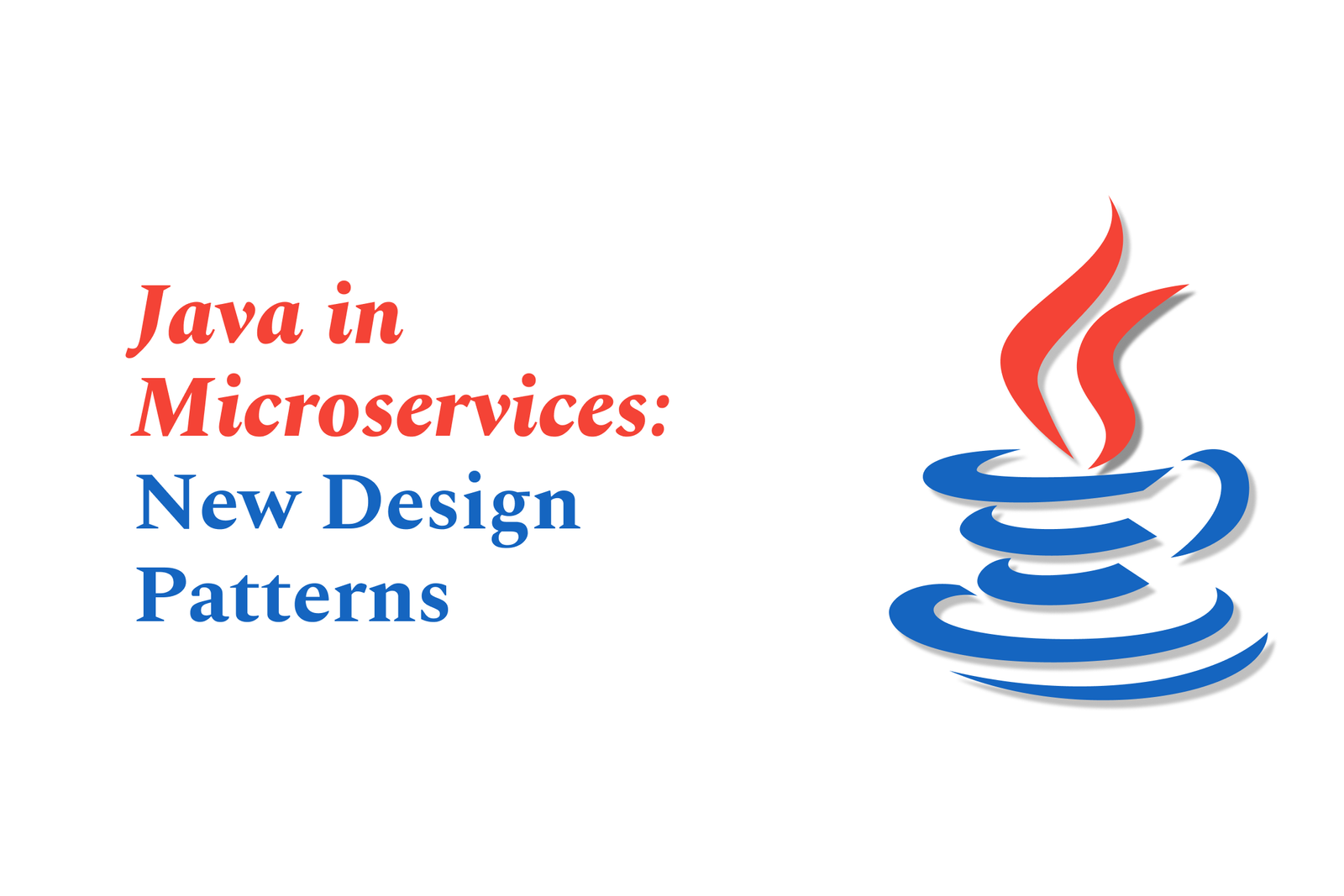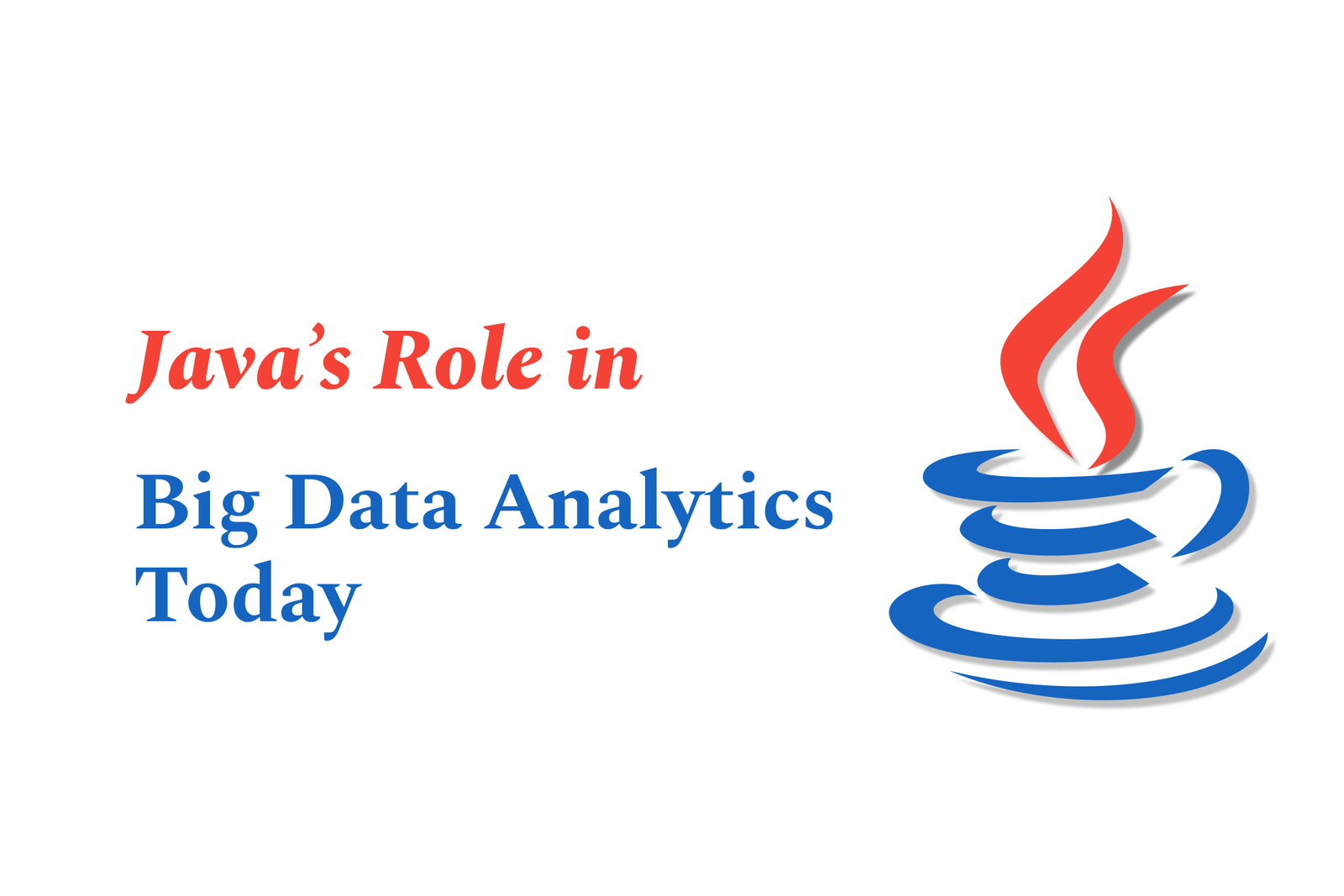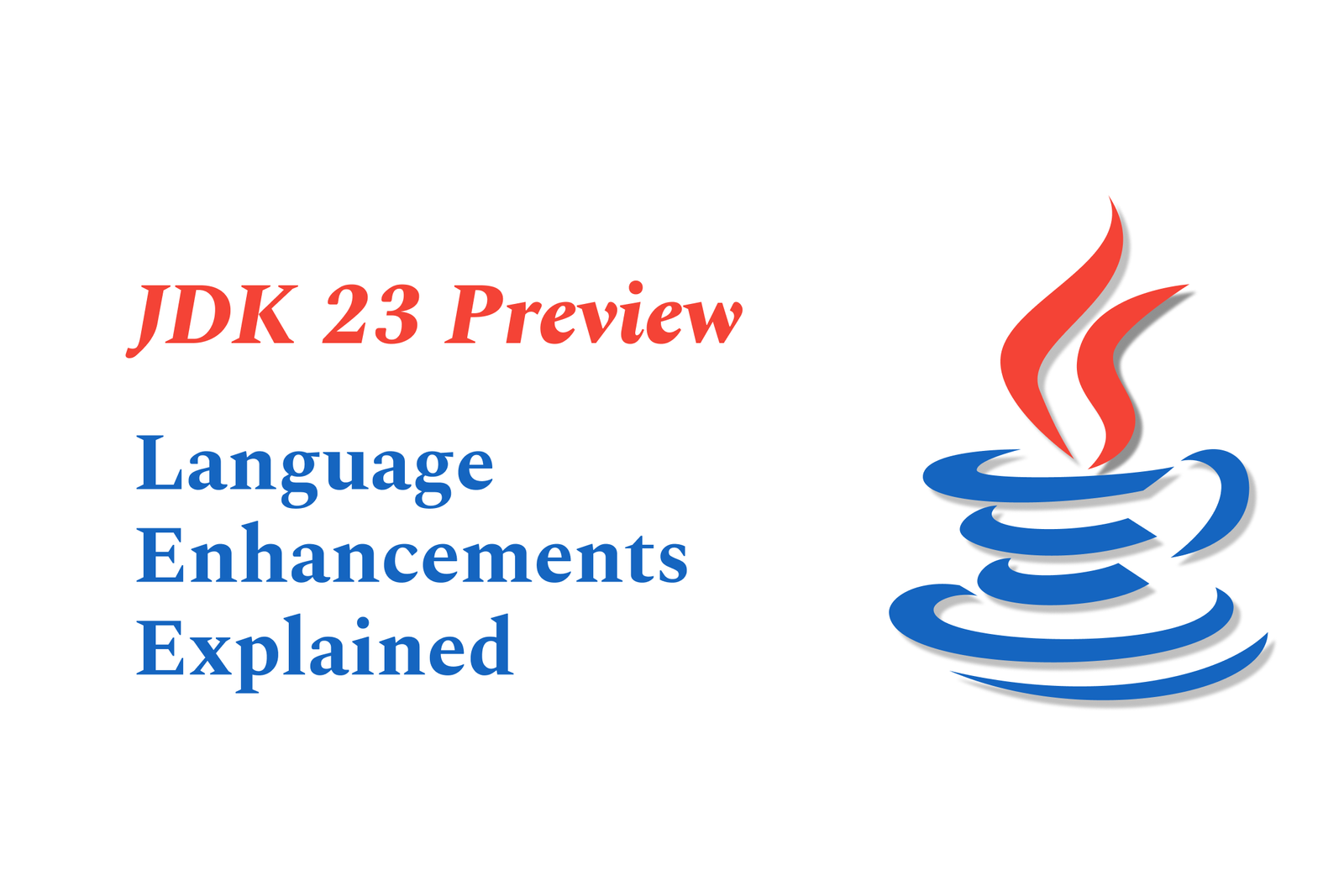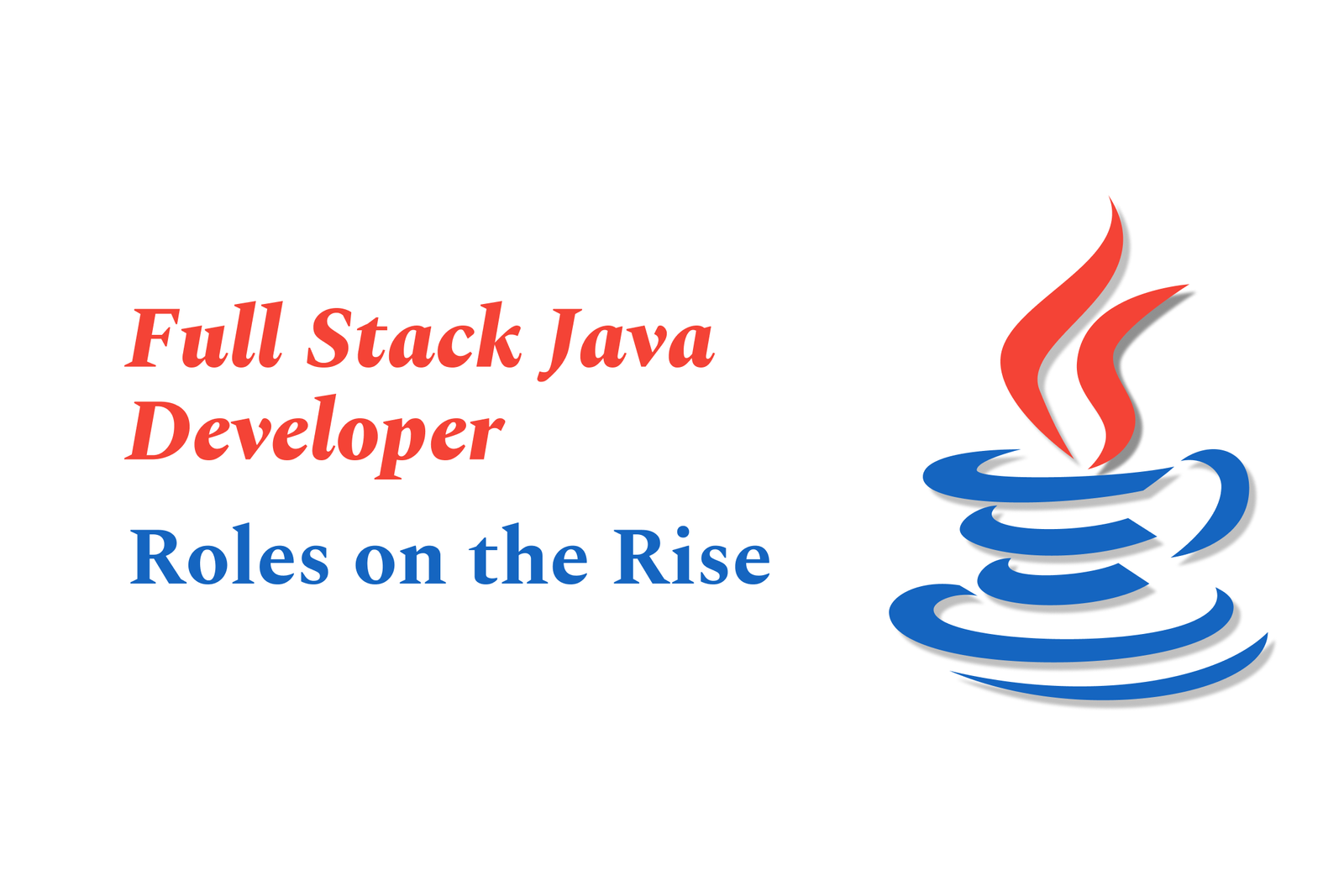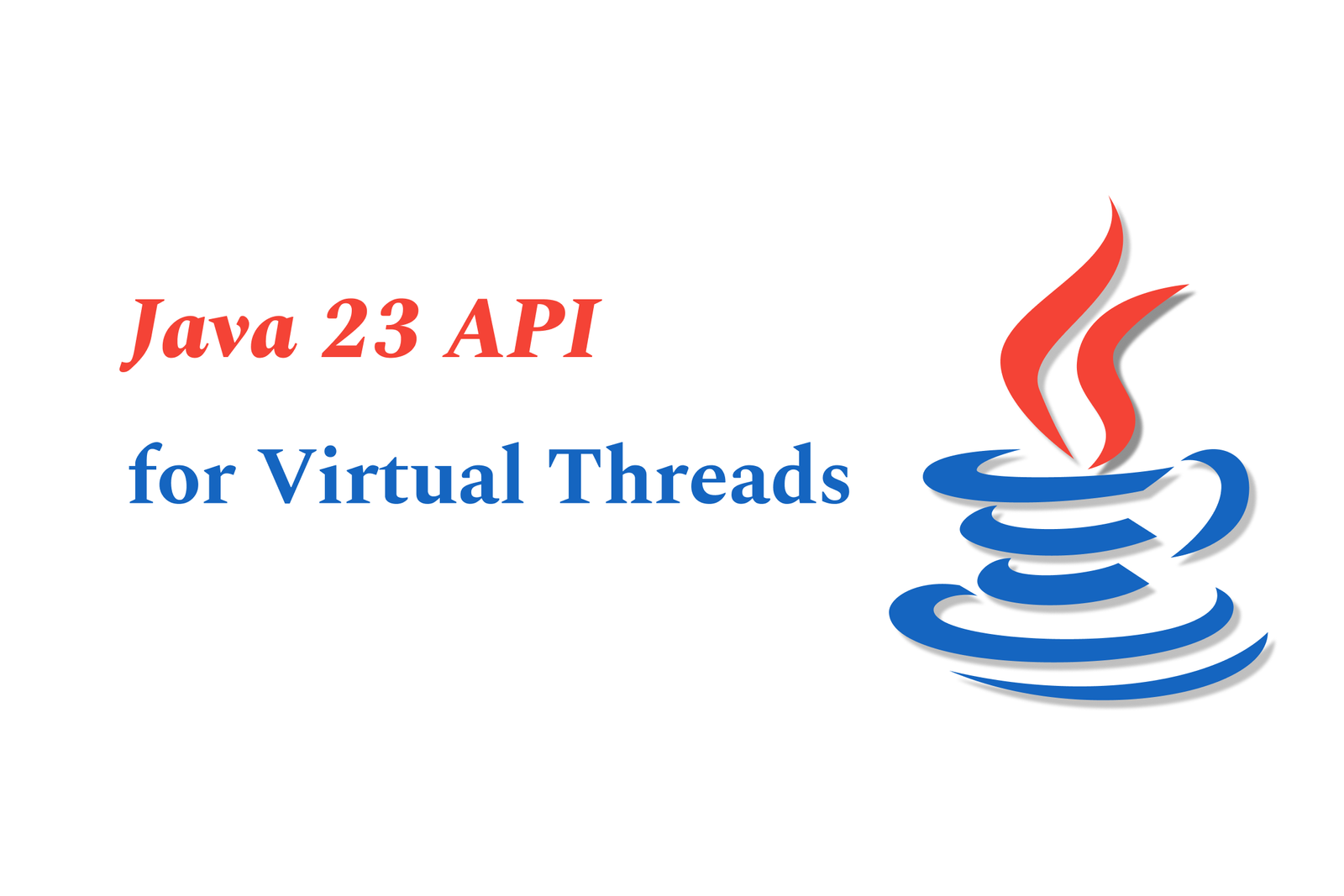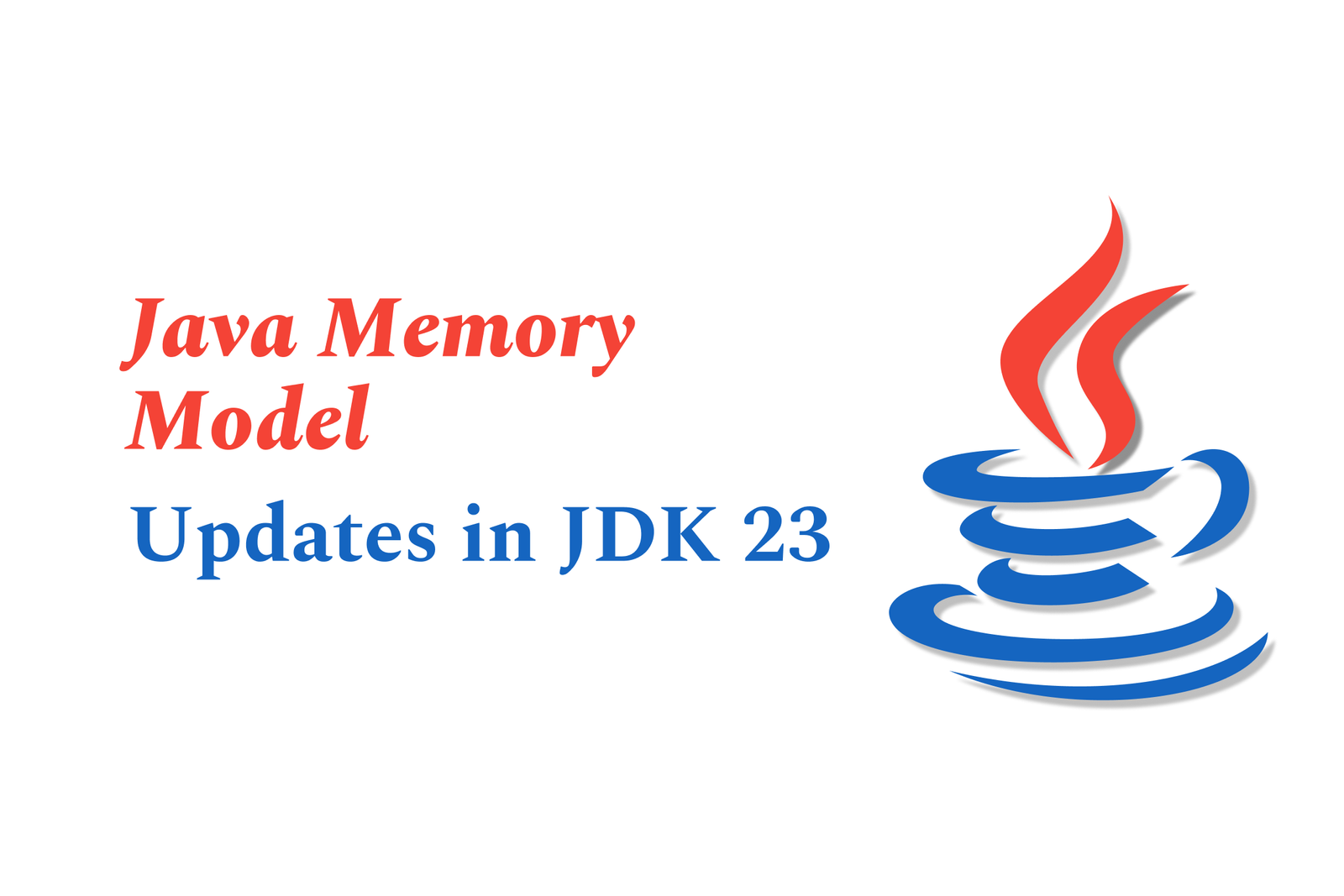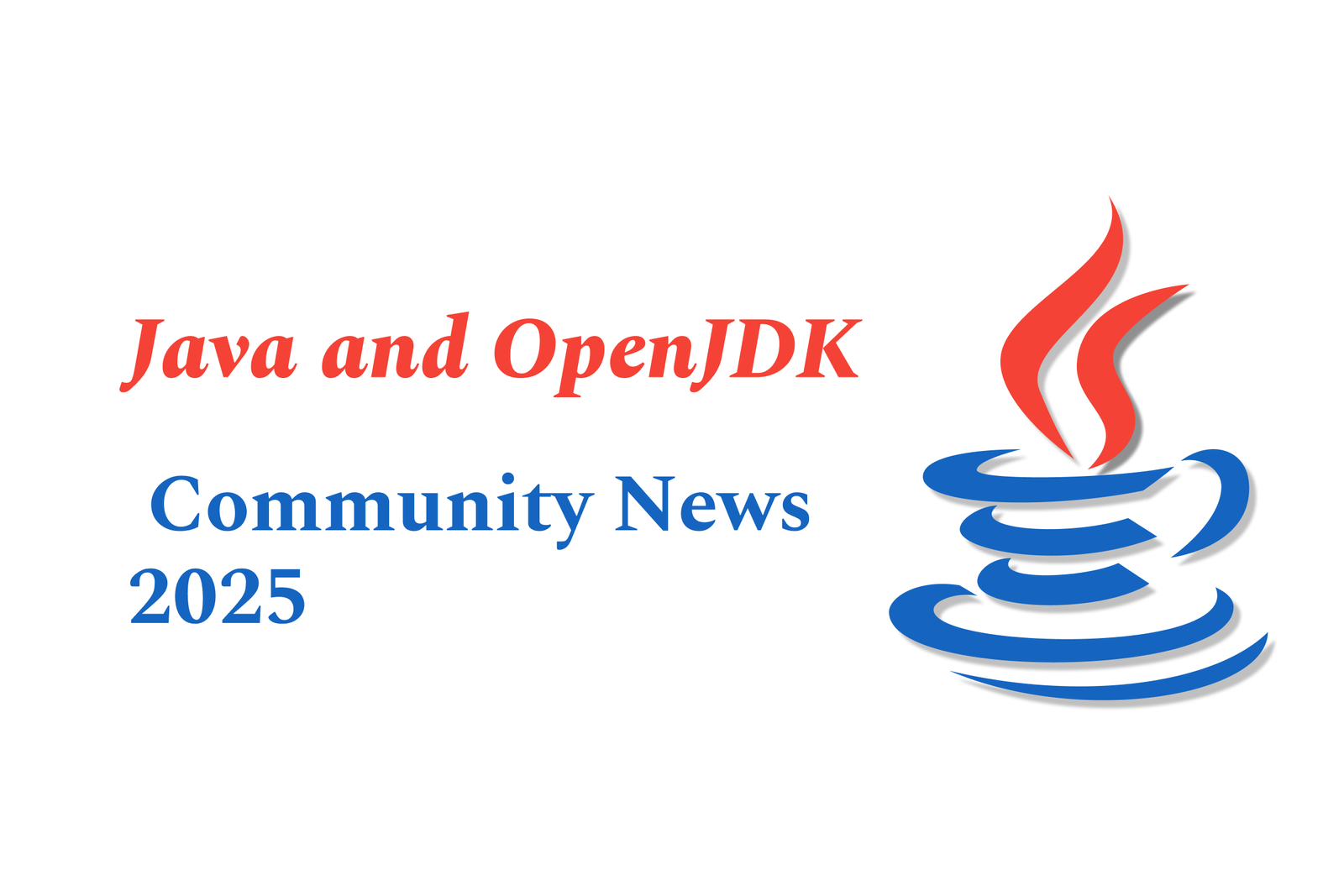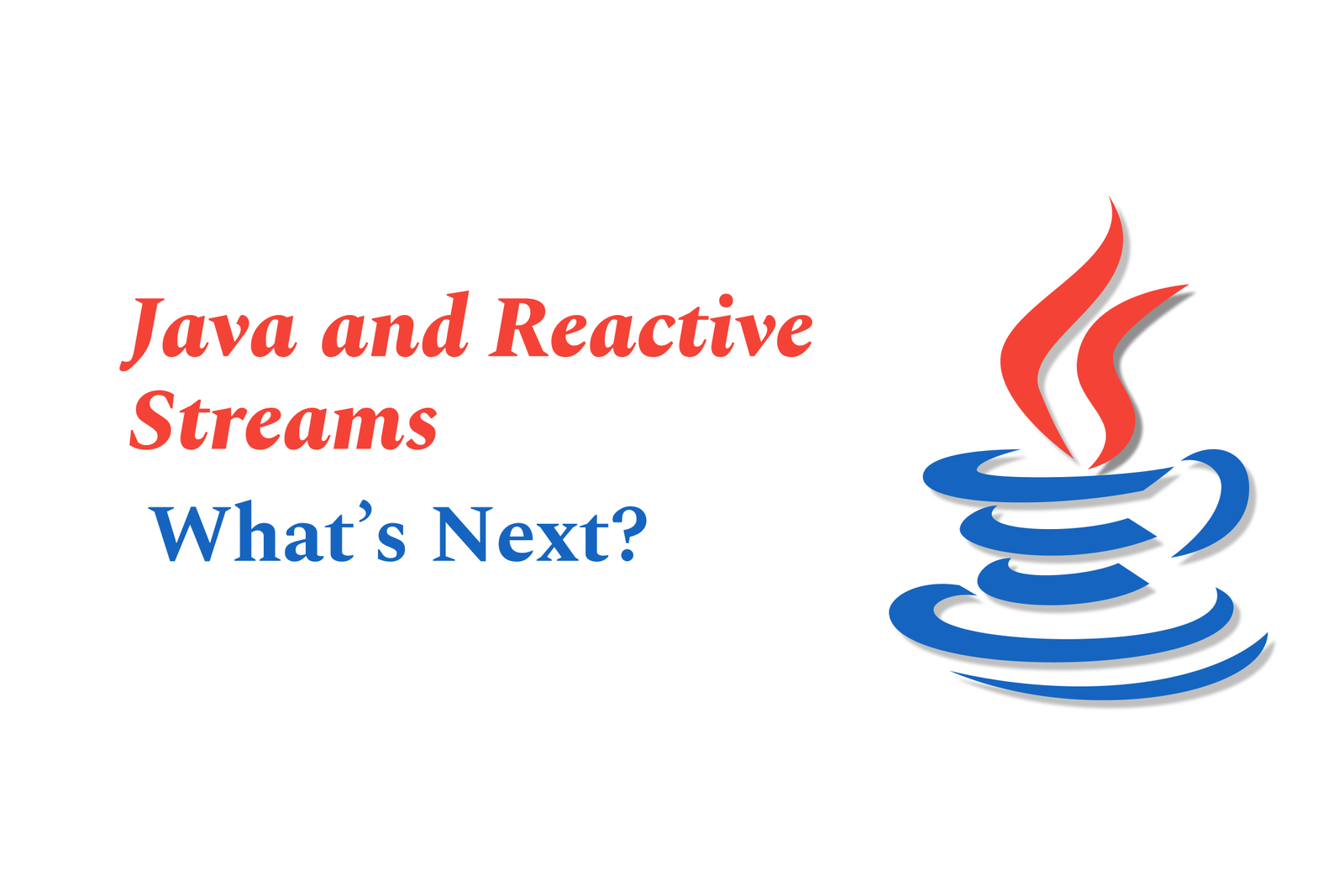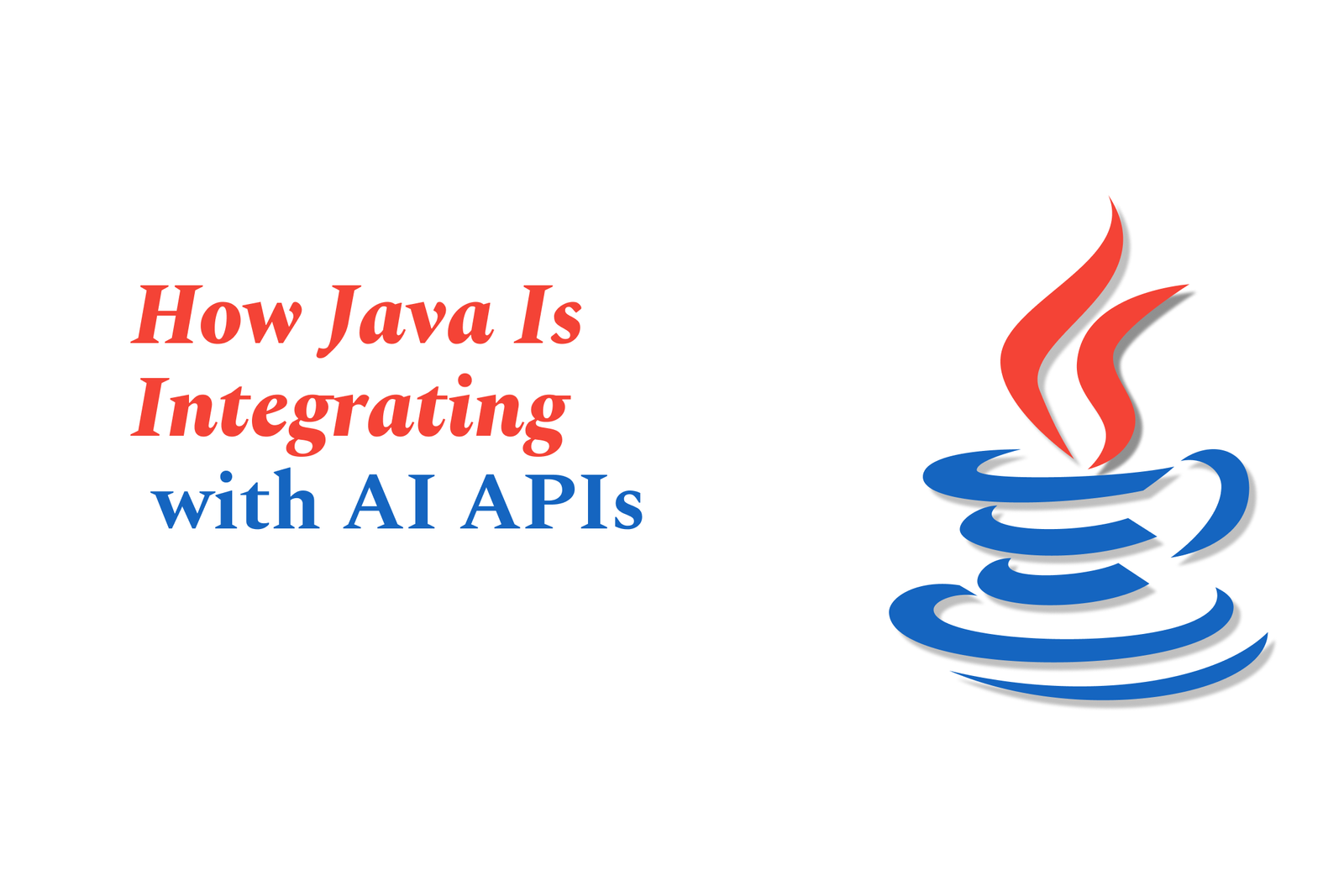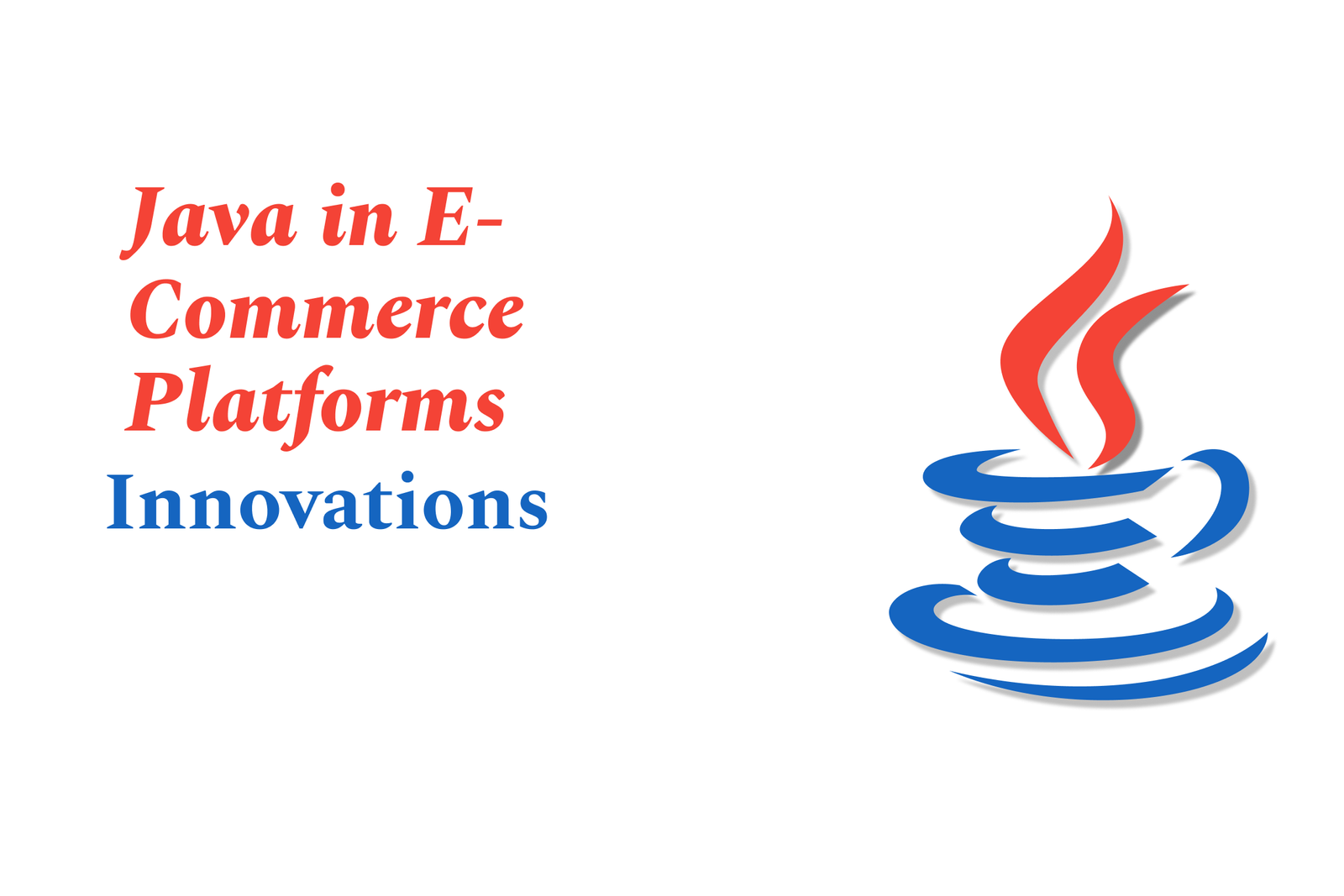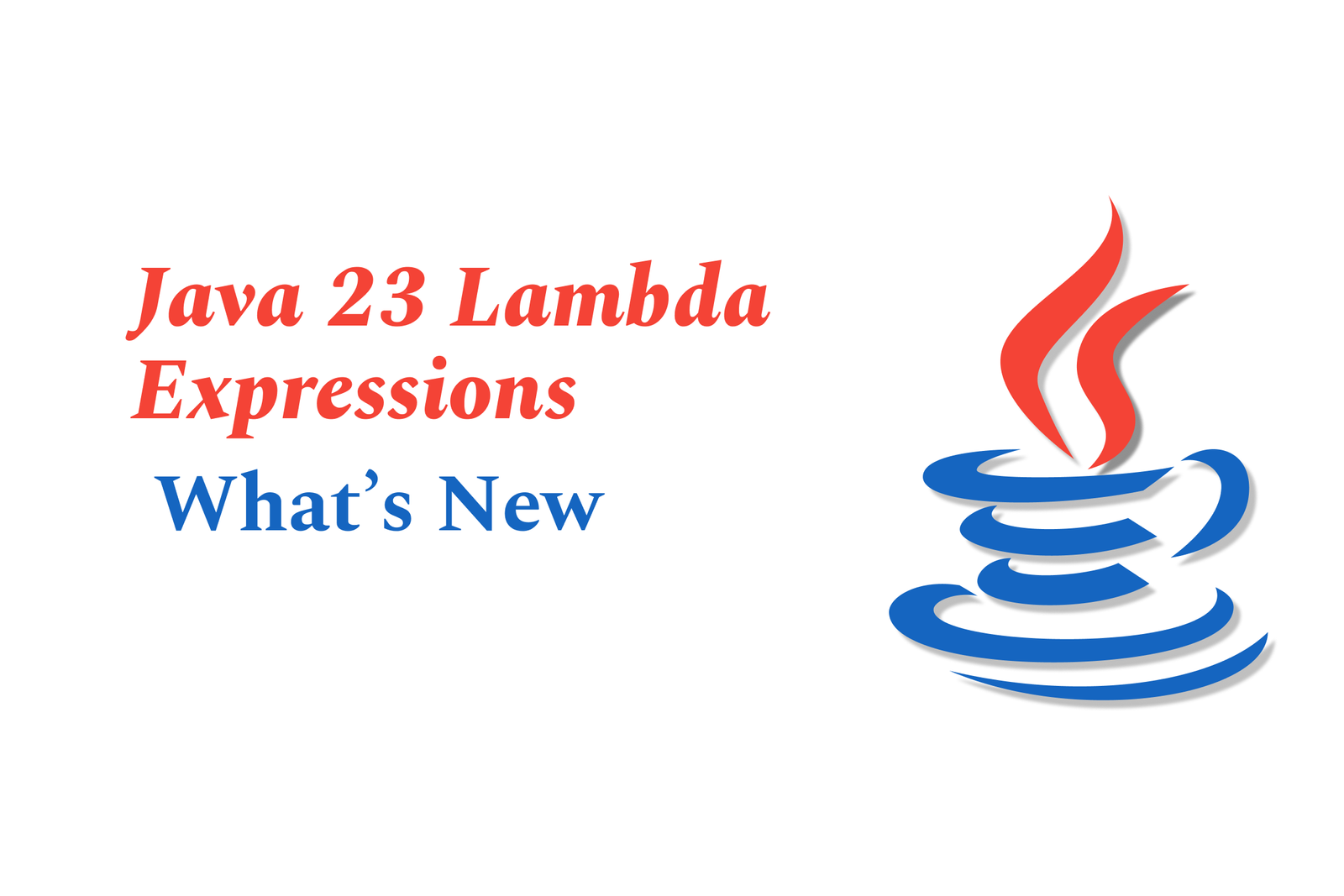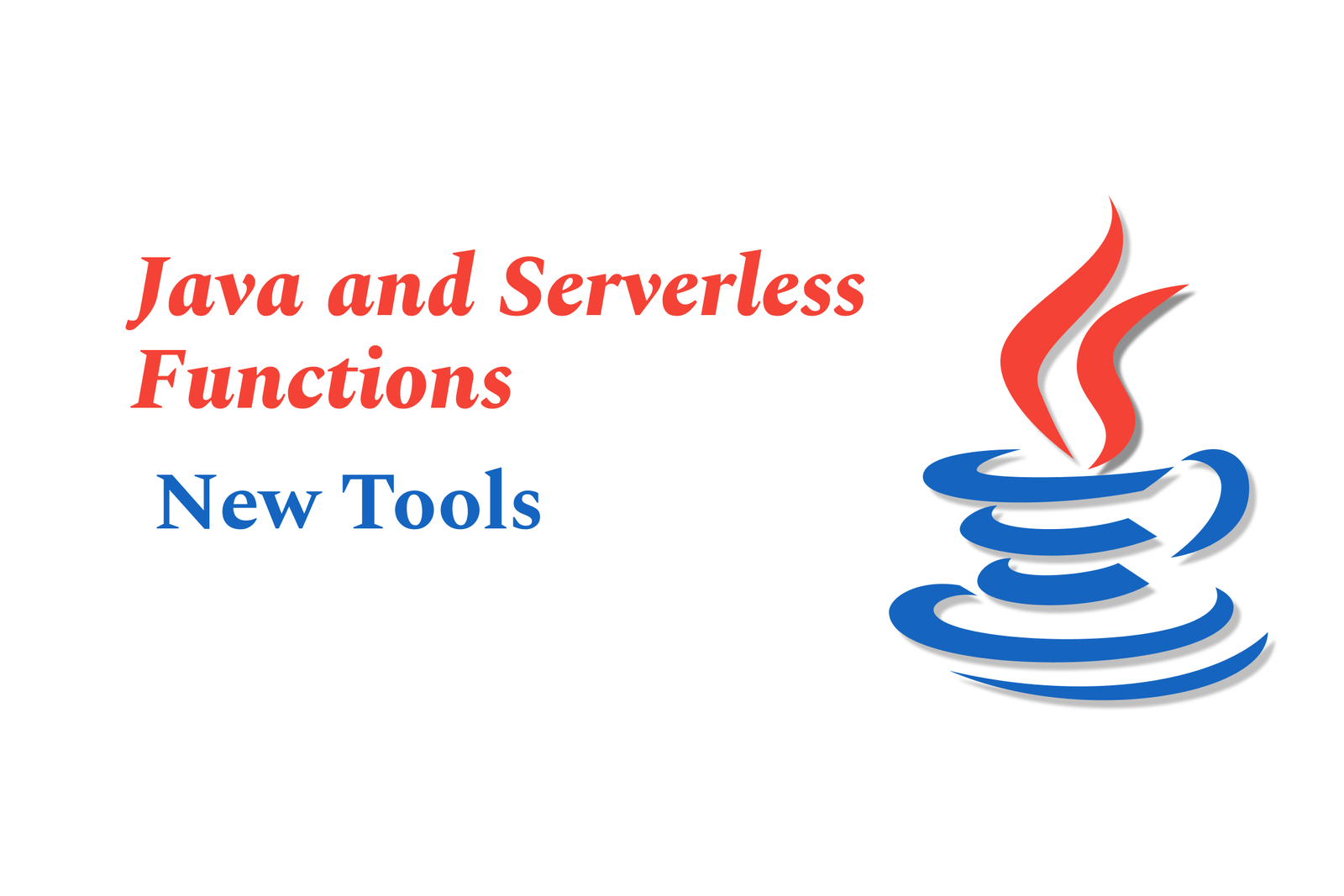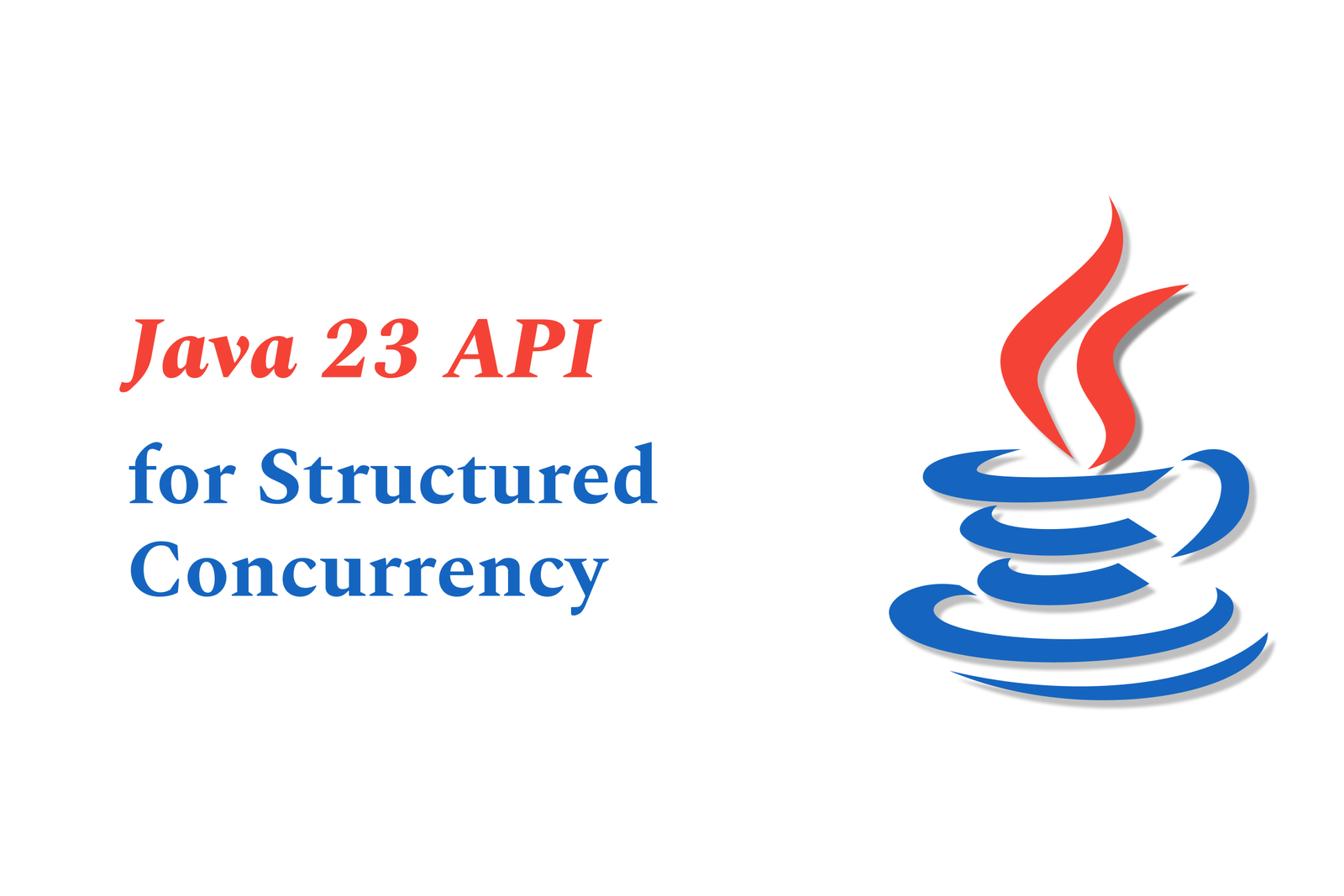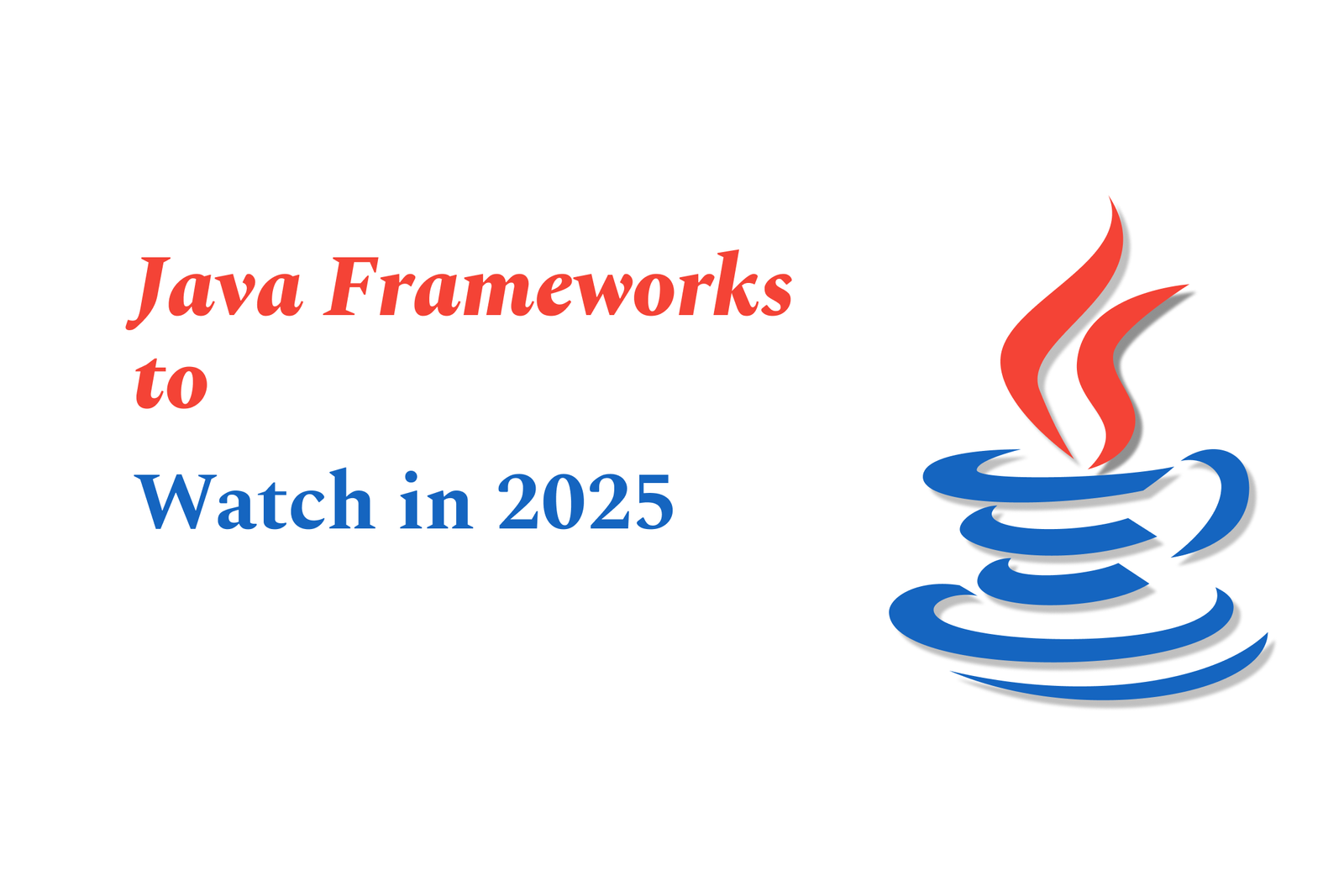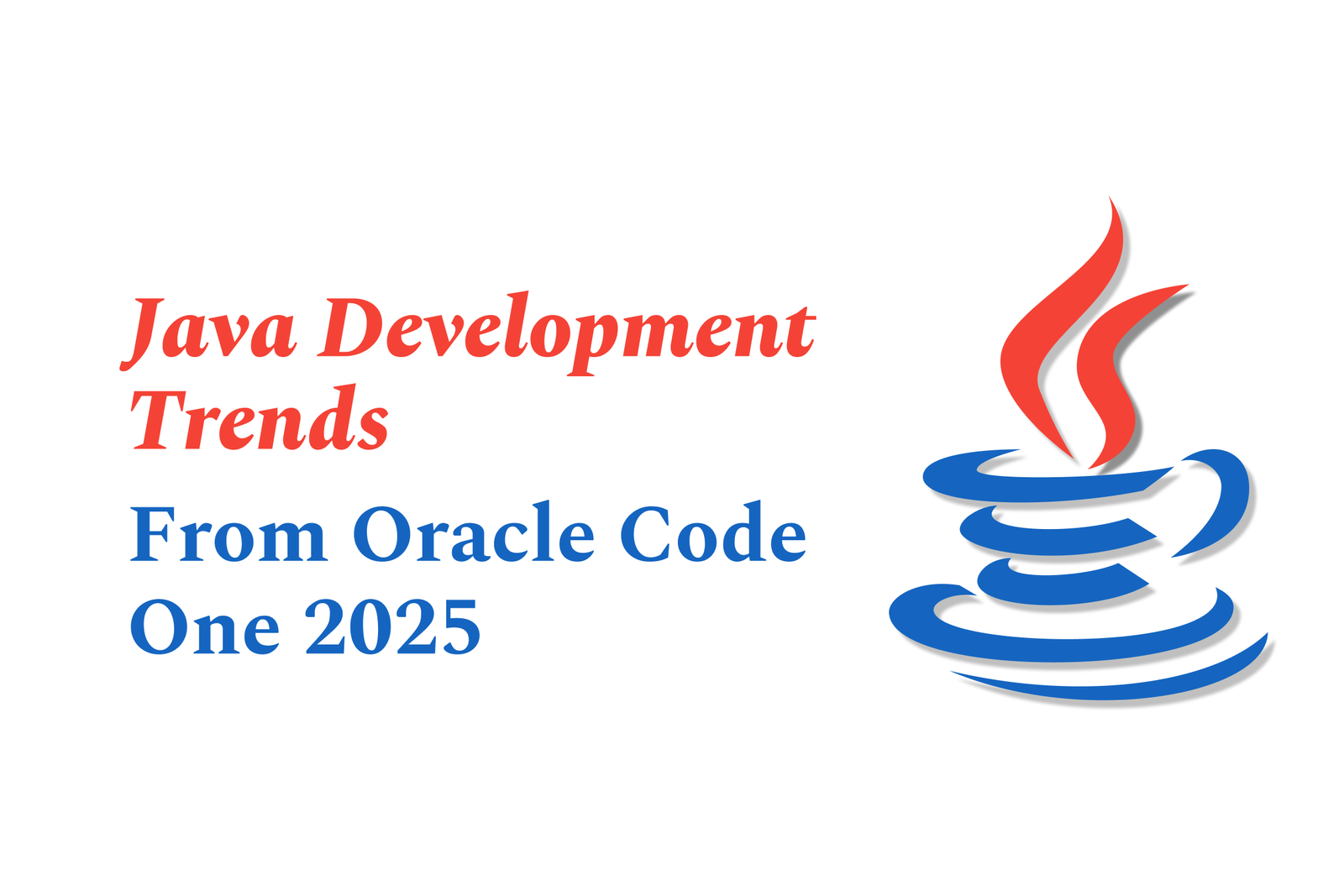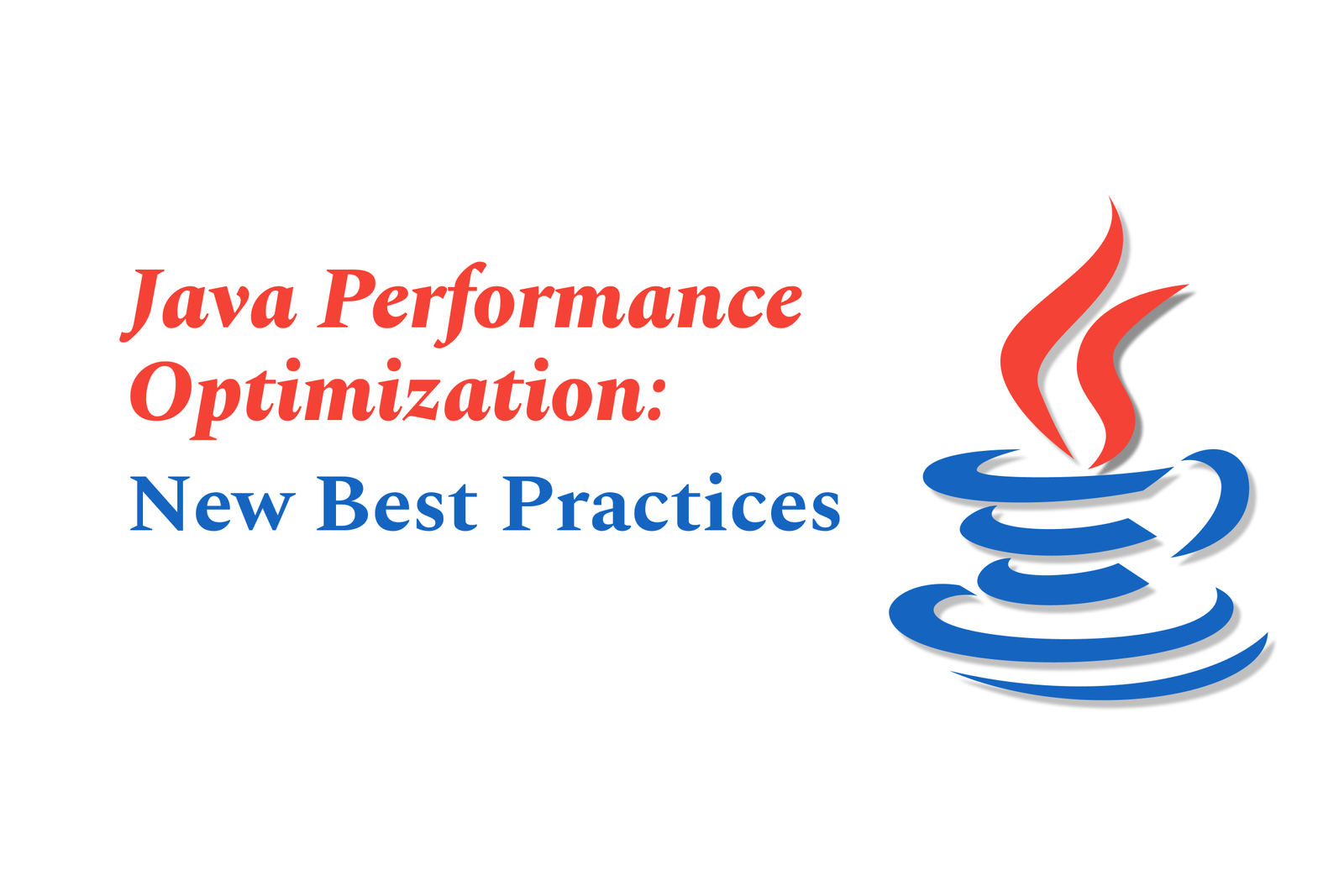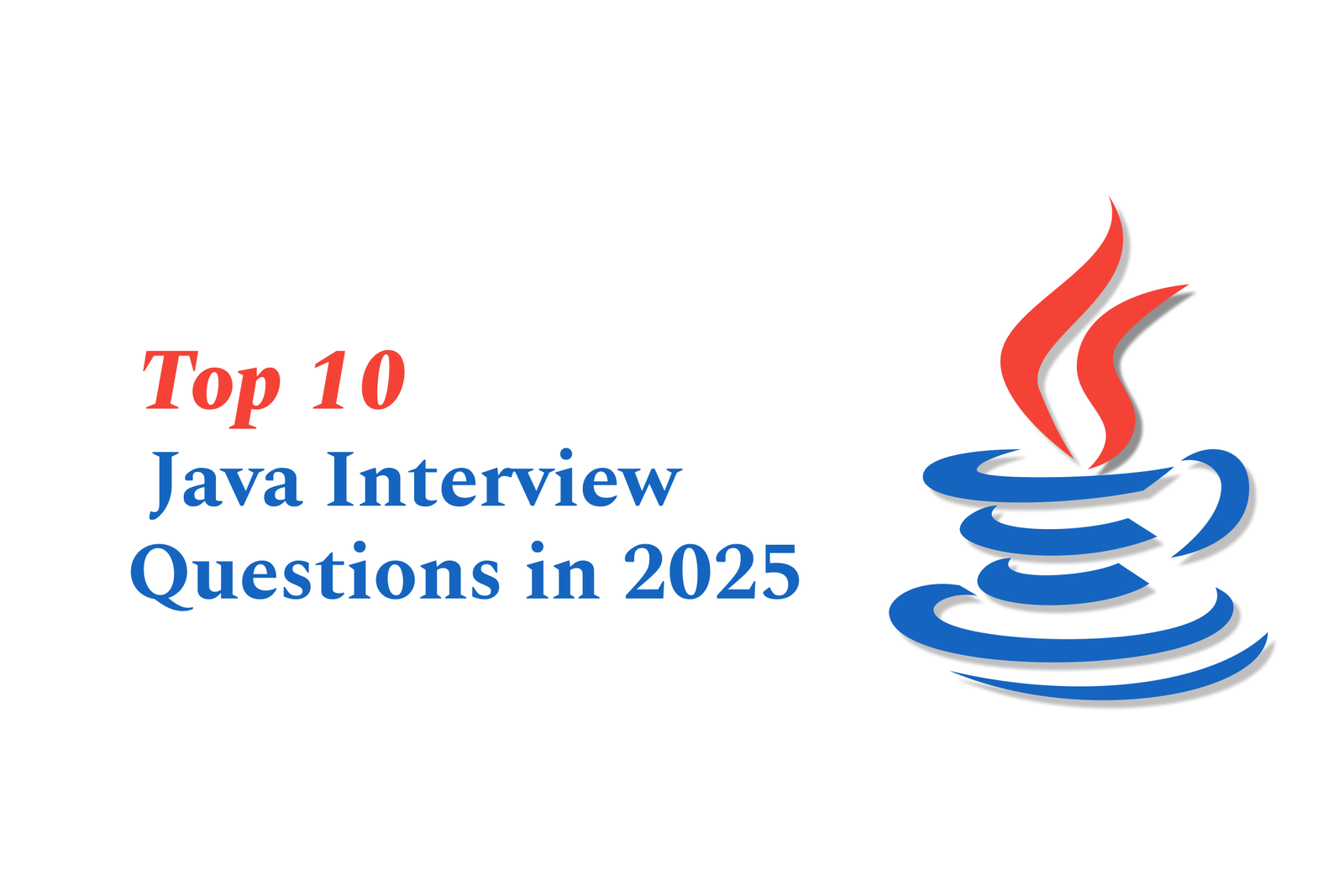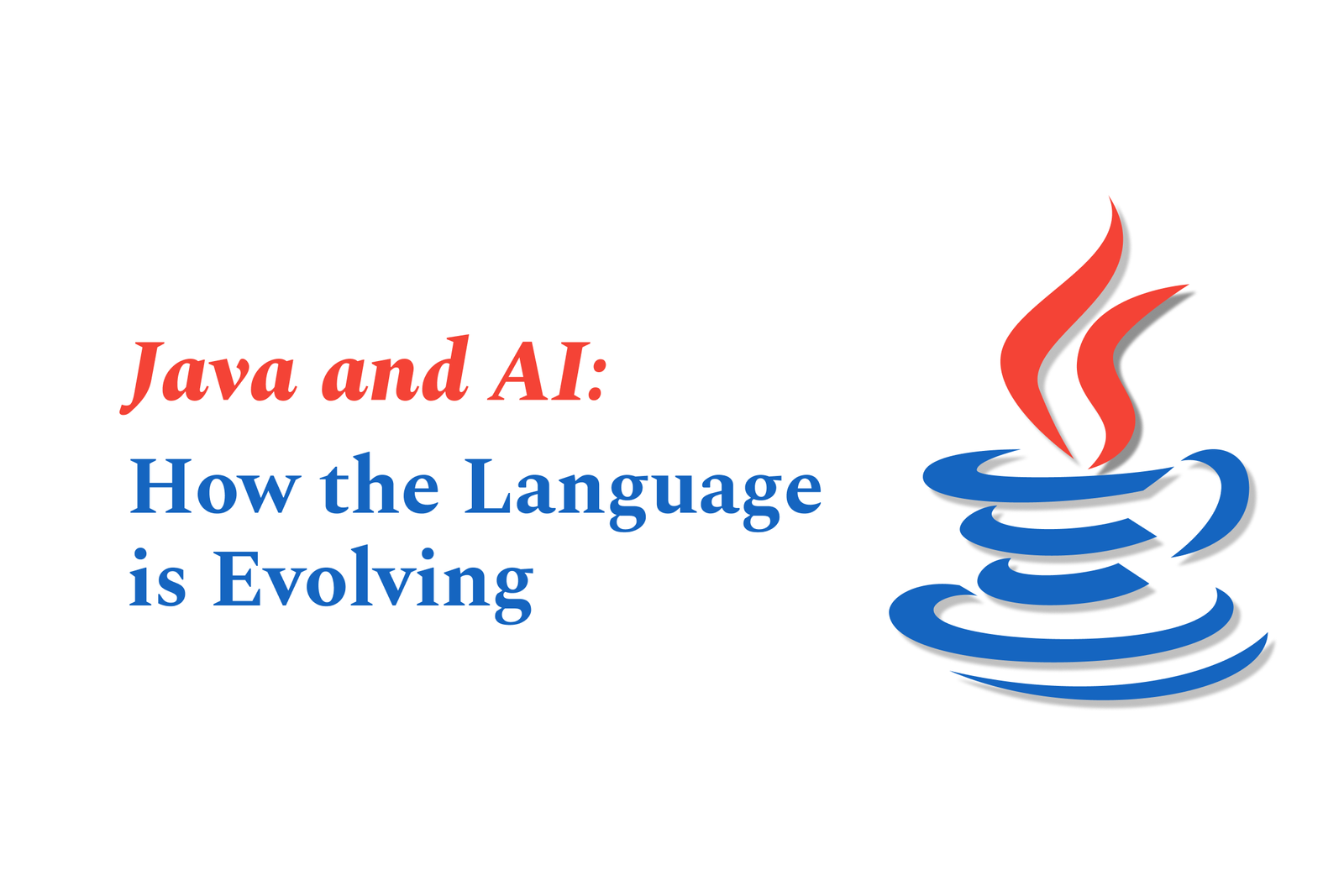Java in Microservices: New Design Patterns
Java in microservices leverages new design patterns like API Gateway, Service Registry, Circuit Breaker, and Event Sourcing to build scalable, resilient, and modular applications. These patterns address challenges in service discovery, fault tolerance, and data consistency in distributed systems.
Learn MoreJava?S Role In Big Data Analytics Today
Java plays a vital role in big data analytics today by powering key frameworks like Hadoop and Spark. Its scalability, performance, and rich ecosystem enable efficient processing of massive datasets, making it a preferred choice for building robust, high-performance big data applications.
Learn MoreJDK 23 preview: language enhancements explained
JDK 23 Preview introduces key language enhancements like module import declarations, structured concurrency, scoped values, and a new class-file API, improving modularity, concurrency management, and bytecode handling, all designed to boost developer productivity and code safety.
Learn MoreFull Stack Java Developer Roles On The Rise
Full Stack Java Developer roles are on the rise as businesses seek versatile engineers skilled in both front-end and back-end Java technologies. These developers streamline project delivery by managing complete software stacks, boosting efficiency and adapting to fast-paced, agile environments.
Learn MoreJava 23 API for virtual threads
Java 23 API for Virtual Threads introduces lightweight, JVM-managed threads that enable massive concurrency by efficiently handling millions of blocking tasks with minimal resource use. They coexist with platform threads, improving scalability for I/O-bound applications.
Learn MoreJava Memory Model Updates in JDK 23
JDK 23 enhances the Java Memory Model by fully supporting primitive types in pattern matching, improving type safety and memory visibility. It also introduces modular import declarations, making modular programming clearer and more consistent with memory semantics.
Learn MoreJava and Multi-Module Project Support Enhancements
Java and Multi-Module Project Support Enhancements improve the ability to build, manage, and test Java applications across different JDK versions using multi-release JARs and modular setups, enabling cleaner code separation, better compatibility, and efficient multi-version testing in complex projects.
Learn MoreJava and OpenJDK Community News 2025
Java and OpenJDK Community News 2025 highlights the latest updates in Java SE releases, OpenJDK advancements, community projects, and upcoming events like JavaOne 2026. It showcases ongoing innovation, collaboration, and support shaping the future of the Java ecosystem.
Learn MoreJava And Reactive Streams: What?S Next?
Java’s integration of Reactive Streams standardizes asynchronous, non-blocking data flow with back pressure, enabling efficient stream processing. With ongoing ecosystem growth and broader platform adoption, Java’s reactive programming is poised for expanded capabilities and seamless, scalable applications.
Learn MoreHow Java Is Integrating with AI APIs
Java is rapidly integrating with AI APIs through libraries like LangChain4j and frameworks such as Spring AI, enabling seamless access to large language models and generative AI services. This empowers developers to build intelligent, AI-driven Java applications efficiently.
Learn MoreJava in e-commerce platforms: Innovations
Java powers innovative e-commerce platforms by enabling scalable, secure, and high-performance applications. It integrates advanced technologies like cloud and containerization, supports real-time monitoring, enhances security with QR code solutions, and drives seamless, efficient online retail experiences.
Learn MoreJava 23 Lambda Expressions: What?S New
Java 23 enhances lambda expressions with improved type inference, more concise syntax, and better integration with functional interfaces, enabling clearer, more efficient functional programming. These updates streamline coding and boost performance in modern Java development.
Learn MoreJava Security Vulnerabilities Fixed in Latest Updates
The latest Java updates fix critical security vulnerabilities, including flaws in deserialization, code execution, and configuration risks. Applying these patches ensures safer Java environments, protecting applications from exploits and enhancing overall system security.
Learn MoreJava and serverless functions: New tools
Java and serverless functions combine Java’s robust ecosystem with scalable, event-driven cloud computing. New tools and frameworks simplify development, enabling modular, cost-efficient apps that auto-scale without server management, boosting agility and innovation in modern software projects.
Learn MoreJava 23 API for structured concurrency
Java 23’s Structured Concurrency API simplifies managing concurrent tasks by treating groups of related threads as a single unit. Centered on StructuredTaskScope, it improves error handling, cancellation, and code clarity by enforcing clear task lifecycles within structured blocks.
Learn MoreJava frameworks to watch in 2025
Java frameworks in 2025 focus on enhancing desktop and enterprise apps with improved performance, native look on macOS, and easy packaging. Key players include JavaFX for rich GUIs and Jetpack Compose for Desktop, blending modern design with cross-platform support.
Learn MoreJava Development Trends from Oracle Code One 2025
Oracle Code One 2025 highlights cutting-edge Java development trends, showcasing innovations like Project Loom for lightweight concurrency, Project Valhalla’s value types, enhanced performance features, and new APIs, reinforcing Java’s role as a modern, robust platform for enterprise and cloud applications.
Learn MoreJava And Apache Camel: New Features
Java and Apache Camel's latest updates enhance performance, modernize compatibility with Java 17+ and Jakarta EE 10, and boost developer productivity through improved tooling like Camel JBang, advanced observability, streamlined configuration, and robust runtime integrations.
Learn MoreJava performance optimization: new best practices
Java performance optimization focuses on enhancing application speed and efficiency through modern JVM tuning, advanced profiling tools, realistic load testing, and cloud-based scalability techniques. These best practices ensure robust, scalable, and high-performing Java applications.
Learn MoreTop 10 java interview questions in 2025
Top 10 Java Interview Questions in 2025 cover core concepts like OOP, exception handling, concurrency, Java 8+ features, collections, and database integration, helping candidates prepare effectively for advanced developer roles in evolving Java technology landscapes.
Learn MoreJava and AI: How the Language Is Evolving
Java is evolving by integrating AI capabilities, supported by regular updates and rich resources. Its versatility and ease of use make it ideal for developing advanced AI applications, bridging traditional programming with cutting-edge artificial intelligence technologies.
Learn More